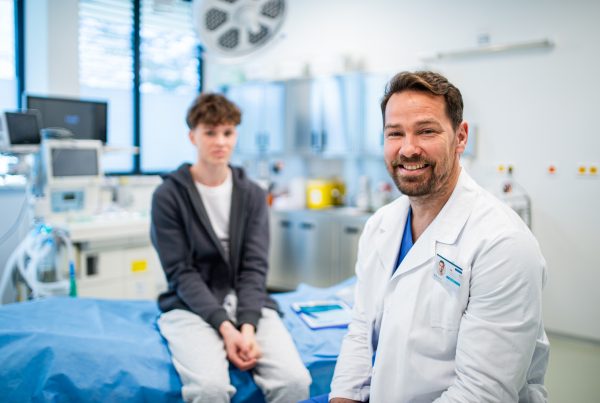Bridge To A Cure advocates leveraging technological breakthroughs to end childhood cancers and brain tumors. We invest in various research opportunities, including Artificial Intelligence, data-driven therapies, and advanced imaging. These leading-edge research areas will eventually lead to a breakthrough in treating and inevitably curing these diseases. To that end, how we deliver healthcare is on the cusp of a major transformation. New, data-driven technologies are emerging that unlock the power of multimodal research.
Imagine a doctor diagnosing a patient by looking at X-rays or blood tests and analyzing a rich tapestry of information. This tapestry could include genetic data, electronic health records, wearable sensor readings, and medical imaging from different modalities In cancer research, modalities simply refer to the different tools or approaches scientists use to fight cancer. Imagine a toolbox filled with various instruments for different tasks. Similarly, cancer research has a toolbox filled with modalities for tackling this complex disease. This is the essence of multimodal research – combining data from various sources to create a more complete picture of a patient’s health.
Healthcare professionals rely on multiple data sources to diagnose and manage patients. However, analyzing each data type in-depth requires significant expertise, making it impossible for one person to master everything. This is where AI and machine learning come in. These technologies can seamlessly integrate and analyze data from diverse sources, breaking down data silos and creating robust predictive models. When used responsibly, the insights gained from these models can empower healthcare professionals to deliver even better care.
Unlocking Hidden Connections
Machine learning excels at weaving together data from various modalities, providing a holistic view of a patient’s health. This combined data becomes a powerful tool for extracting complementary information. Think of it like putting together puzzle pieces – each piece offers a glimpse. Still, the complete picture reveals a hidden connection you wouldn’t have seen otherwise. Studies have shown that multimodal data fusion models consistently outperform single-modality models, leading to increased accuracy (by as much as 27.7%) and improved performance.
Oncology: A Leader in Multimodal Research
Oncology, the cancer research and treatment field, is a prime example of how multimodal methods drive progress. Machine learning can be used to find patterns within a large volume of data and predict cell behavior with the aim of improving immunotherapies. Multimodal data can identify risk factors for non-invasive screening and preventive care. Patterns in readily available data can lead to the discovery of biomarkers, aiding in diagnosis, patient risk stratification, and clinical trial selection. Additionally, these models can identify signatures that predict patient response to treatment, allowing for more personalized treatment plans.
Beyond the Individual Patient
The power of multimodal research extends beyond individual patient care. With strict data privacy and security measures in place, this approach can accelerate medical research. Researchers can discover novel biomarkers and therapeutic targets for drug development by analyzing vast amounts of multimodal data. This data can also be used for population health management, providing a comprehensive view of health trends and outcomes across entire communities. The exponential growth of research publications on multimodal oncology data over the past decade underscores the recognition of its immense potential by the scientific and medical communities.
The Future of Healthcare is Multimodal
Leveraging machine learning to analyze the vast diversity of multimodal data is poised to revolutionize healthcare. We’re excited to support these revolutionary research areas through our partner organizations. We believe investing in these research opportunities will help us achieve our goal of reducing the childhood cancer death rate by 50% by 2030. As part of the commitment Bridge To A Cure Foundation is investing in Children’s Brain Tumor Network (CBTN).
This $200,000 grant will help CBTN make an immediate impact on pediatric brain tumor research. By leveraging AI-powered tools and fostering collaboration across leading institutions, and powerful data analysis tools, CBTN is poised to accelerate discoveries, and ultimately, save countless young lives. The future of pediatric brain tumor research is bright, and thanks to this innovative partnership, the fight against these devastating diseases is entering a new and exciting chapter.






